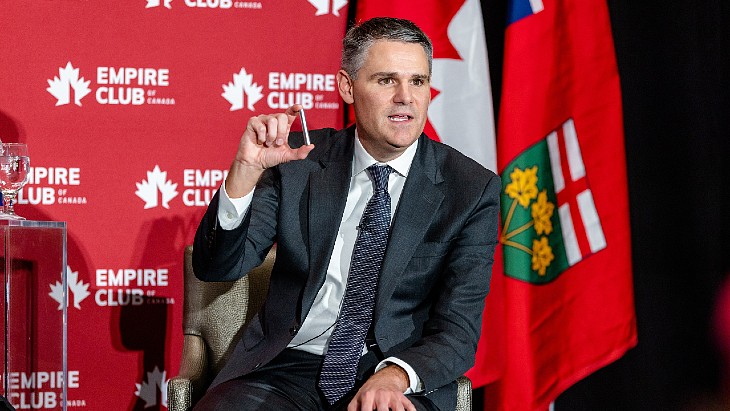Helen, Steady Energy partner for Finnish SMR deployment
.jpg)
According to the letter of intent, Helen and Steady Energy will launch a planning process with the objective of concluding a pre-investment agreement concerning nuclear heat production within the next six months.
Valid from 2024 to 2027, the agreement would include promoting the reform of the Finnish Nuclear Energy Act, applying for a siting licence and a technological permit, and fixing the contract price of the plant. It would also enable Helen to procure up to ten reactor units with an output of 50 MW from Steady Energy.
"The current letter of intent is Helen's first tangible step towards small-scale nuclear power," noted Helen CEO Olli Sirkka. "We want to be involved in introducing nuclear heat production in Finland and building the prerequisites for such production in cooperation with Steady Energy and other energy industry operators, decision-makers and authorities.
"District heating produced with SMR plants is a particularly interesting solution for Helen as its district heating network, spanning 1400 kilometres, is one of the longest in the Nordic countries. Decarbonising the entire network would be a significant climate action on a national scale."
Helen is the first energy company to engage in cooperation with Steady Energy.
"The letter of intent is an important milestone for Steady Energy," the company's CEO Tommi Nyman said. "It sets us up to implement Finnish technology in the 2020s with the potential to reduce the carbon dioxide emissions of Finland by 8%, as district heating would no longer be produced by burning. Our goal is to launch a new clean-energy export product and enter the global heating market, where the emission reduction potential is even more significant, even gigatons. We are proud to have Helen join us in this important work for Finland and for the prevention of climate catastrophe."
The partners noted that the legislative work in Finland concerning SMRs remains unfinished and requires cooperation between various authorities. The Finnish government is committed to promoting the implementation of heat-producing SMRs, and Helen and Steady Energy together with other energy companies offer "a tangible path" to achieving the targets set out in the government programme.
Steady Energy - which was spun out earlier this year from the VTT Technical Research Centre of Finland - aims to build the world's first district heating plant featuring its LDR-50 SMR by 2030.
The LDR-50 district heating SMR - with a thermal output of 50 MW - has been in development at VTT since 2020. Designed to operate at around 150°C and below 10 bar (145 psi), Steady Energy says its "operating conditions are less demanding compared with those of traditional reactors, simplifying the technical solutions needed to meet the high safety standards of the nuclear industry".
The LDR-50 reactor module is made of two nested pressure vessels, with their intermediate space partially filled with water. When heat removal through the primary heat exchangers is compromised, water in the intermediate space begins to boil, forming an efficient passive heat transfer route into the reactor pool, the company said. The system does not rely on electricity or any mechanical moving parts, which could fail and prevent the cooling function.
Helen - which produces heat, electricity and cooling in power plants and heating plants in different parts of Helsinki - is aiming for carbon-neutral energy production by 2030.
In November 2022, it announced a joint study with Finnish utility Fortum - operator of the Loviisa nuclear power plant - to explore possible collaboration in new nuclear power, especially SMRs. The companies formed a study group to explore possible synergy benefits for the two firms.
_92619.jpg)

_84504.jpg)







_88592.jpg)

